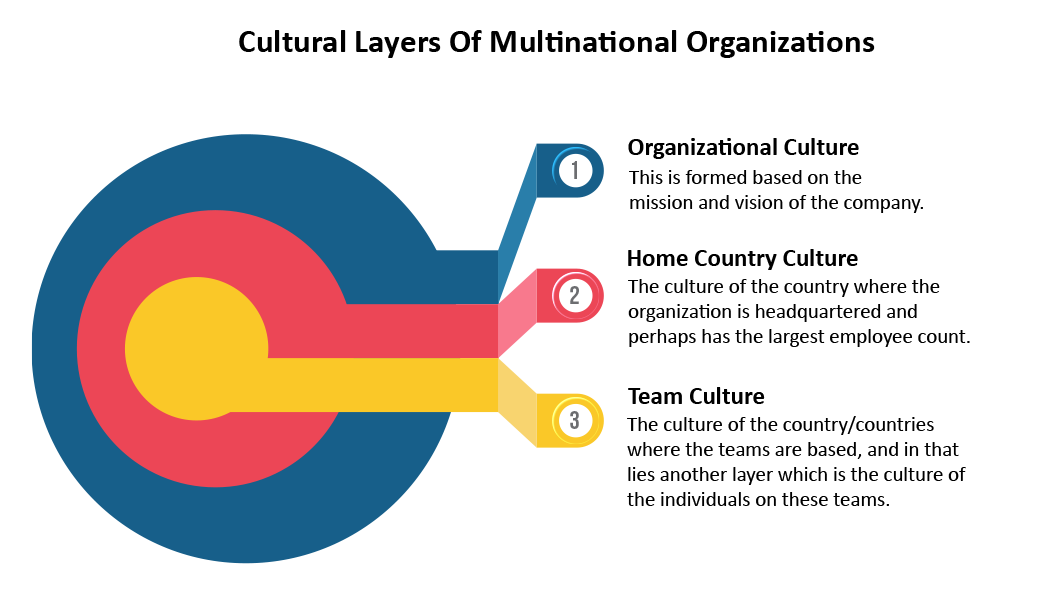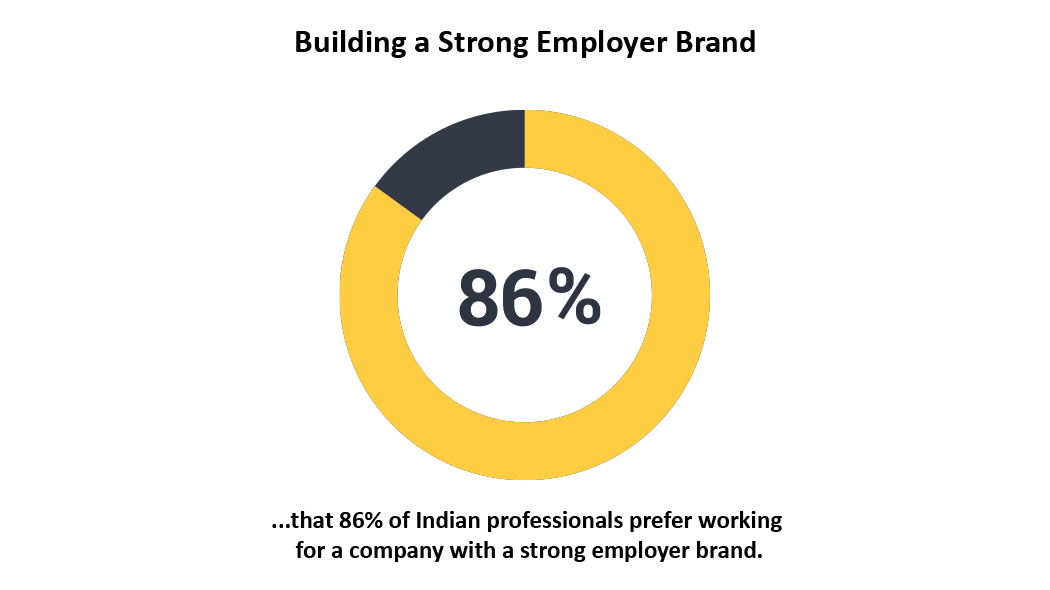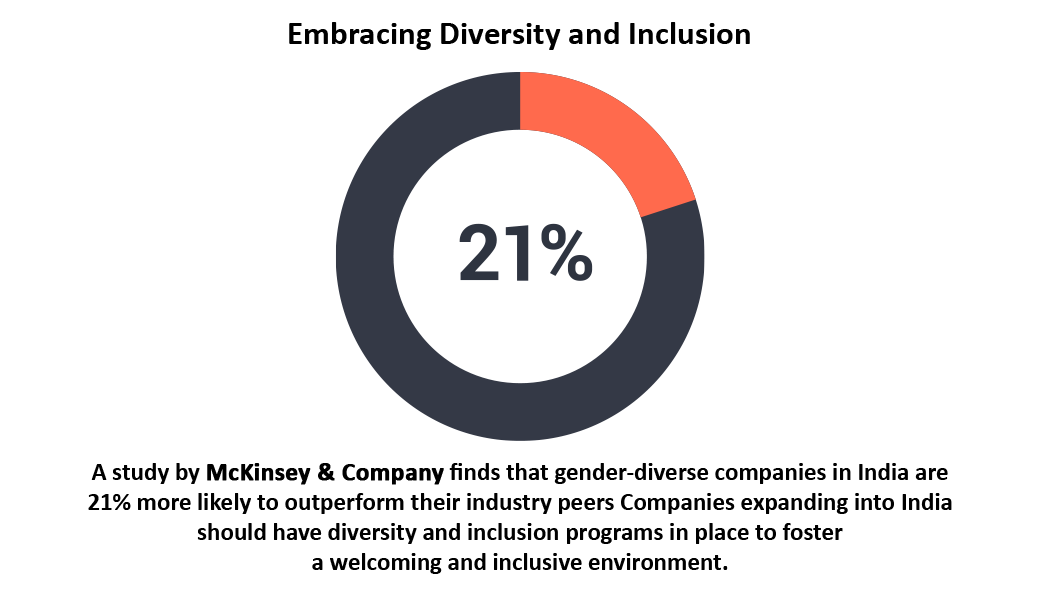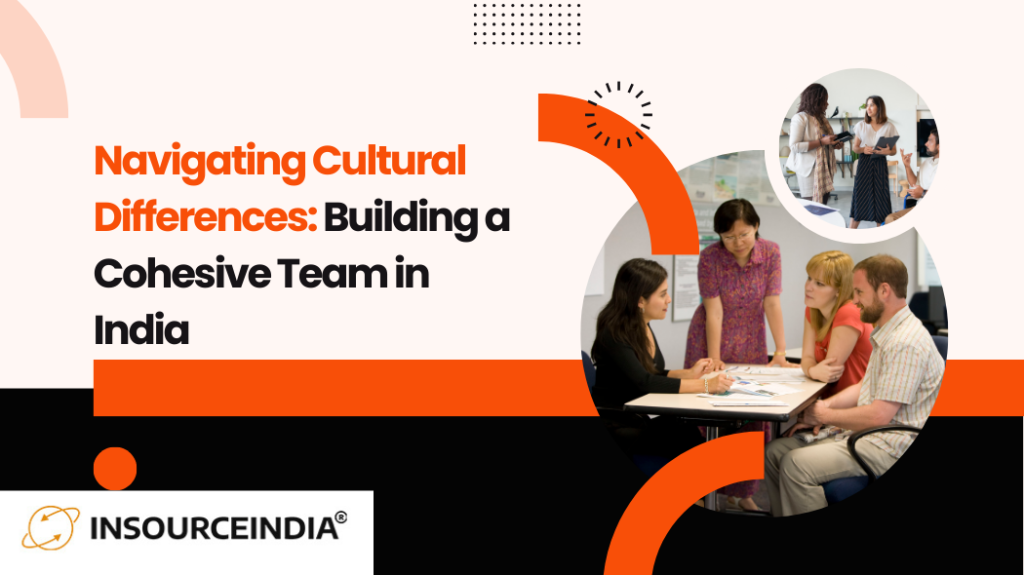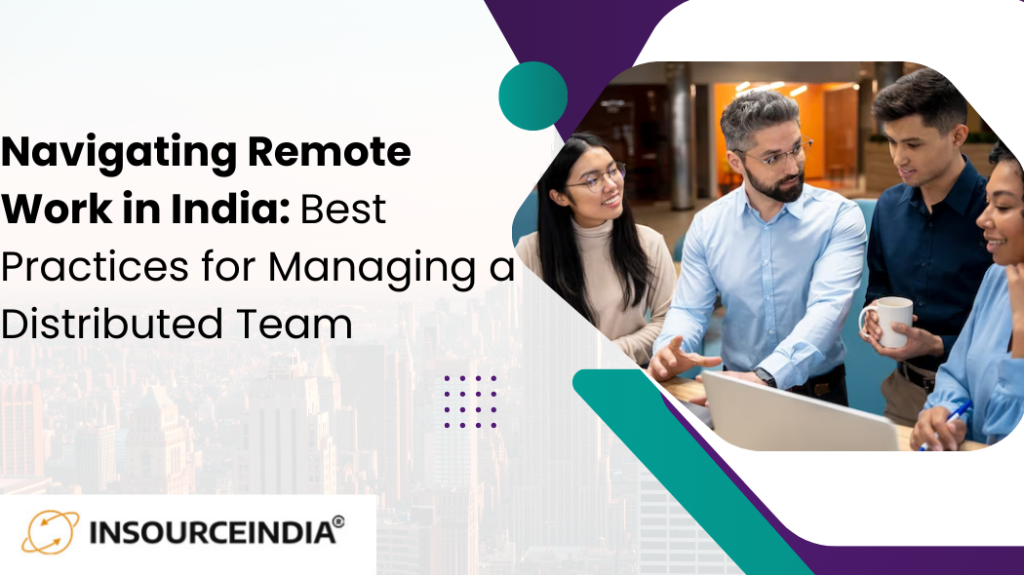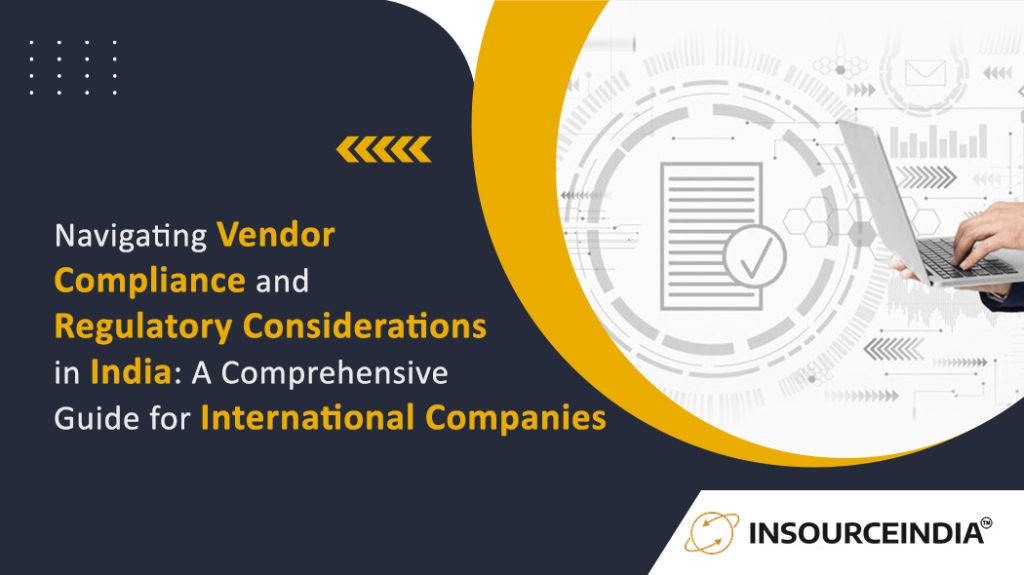Expanding your business into India can be a rewarding venture, with its vast market potential, skilled workforce, and favourable business environment. However, setting up operations in a new country also brings its fair share of challenges, particularly in the areas of human resources (HR) and talent acquisition. To successfully navigate these challenges, it’s crucial to understand the local landscape and develop a tailored approach to HR and talent acquisition.
In this blog, we’ll explore some of the key challenges and strategies for managing HR and talent acquisition when expanding into India.
1. Navigating India’s Regulatory Environment
One of the initial hurdles when expanding into India is understanding and complying with the complex and ever-evolving labour laws and regulations. To shed light on this challenge, a study by the World Bank’s “Doing Business” report ranks India 163rd out of 190 countries for ease of hiring and firing workers, emphasizing the need for a deep understanding of local labour laws. India’s labour laws are subject to frequent changes, and it’s essential to stay updated on these developments to ensure legal compliance. Working with a local partner or HR consultant who has expertise in Indian labour laws can be immensely helpful in this regard. They can guide you through the nuances of labour laws, including employment contracts, leave policies, and statutory benefits.
2. Understanding Cultural Differences
India is a diverse country with various languages, customs, and traditions. The cultural diversity also extends to the workplace, influencing work ethics, communication styles, and management practices. A study by the India Business Council highlights the importance of cultural understanding, stressing that successful businesses tailor their HR and talent strategies to accommodate these variations. It’s vital to understand these cultural nuances to build a harmonious and productive work environment. HR should focus on creating policies and practices that respect and accommodate these cultural differences, fostering a more inclusive and collaborative workplace.
3. Attracting and Retaining Top Talent
India boasts a vast pool of skilled professionals across various industries, but the competition for top talent is fierce. Attracting and retaining the best candidates is a common challenge faced by companies expanding into India. According to a survey by Deloitte, 65% of Indian professionals consider salary as the most crucial factor when choosing an employer. To address this challenge, businesses must offer competitive compensation packages, career growth opportunities, and a positive work culture. Investing in employee development and providing a clear path for career progression can be instrumental in retaining talent in the long run.
4. Leveraging Technology for Talent Acquisition
In the digital age, technology plays a critical role in talent acquisition. Leveraging applicant tracking systems (ATS) and other HR software can streamline the hiring process and improve the quality of hires. Additionally, using online job portals and social media for recruitment can help reach a wider pool of candidates. Partnering with local recruitment agencies can also be an effective strategy for tapping into their network and expertise in the Indian job market.
5. Building a Strong Employer Brand
In India, the employer brand carries significant weight in attracting talent. Companies with a strong reputation for employee engagement, ethics, and a positive work environment often find it easier to attract top talent. Building a strong employer brand involves consistently delivering on promises, offering opportunities for employee growth, and engaging in meaningful corporate social responsibility initiatives. A survey done by our team reveals that 86% of Indian professionals prefer working for a company with a strong employer brand.
6. Embracing Diversity and Inclusion
India is a multi-ethnic, multi-religious, and multi-linguistic country. Embracing diversity and inclusion is not just a matter of compliance but a strategic advantage. A diverse workforce brings different perspectives, ideas, and solutions to the table, driving innovation and problem-solving. A study by McKinsey & Company finds that gender-diverse companies in India are 21% more likely to outperform their industry peers Companies expanding into India should have diversity and inclusion programs in place to foster a welcoming and inclusive environment.
7. Onboarding and Integration
Once you’ve hired talent, the onboarding and integration process is crucial. This includes providing cultural orientation, explaining company policies and procedures, and ensuring employees have the tools and resources needed to excel in their roles. According to the Society for Human Resource Management (SHRM), a structured onboarding process contributes to 69% of employees staying with a company for three years or more. A well-planned onboarding process can help employees adapt and integrate into the company seamlessly.
Expanding into India can be a profitable move for businesses, but it’s essential to navigate the unique HR and talent acquisition challenges that come with it. By understanding the regulatory landscape, respecting cultural differences, and adopting best practices, you can effectively manage HR and talent acquisition, ensuring your expansion is successful and your team thrives in the Indian market. Partnering with experts like InsourceIndia can provide valuable support in this endeavour, helping you build and set up teams or companies in India while managing HR and talent acquisition effectively.


